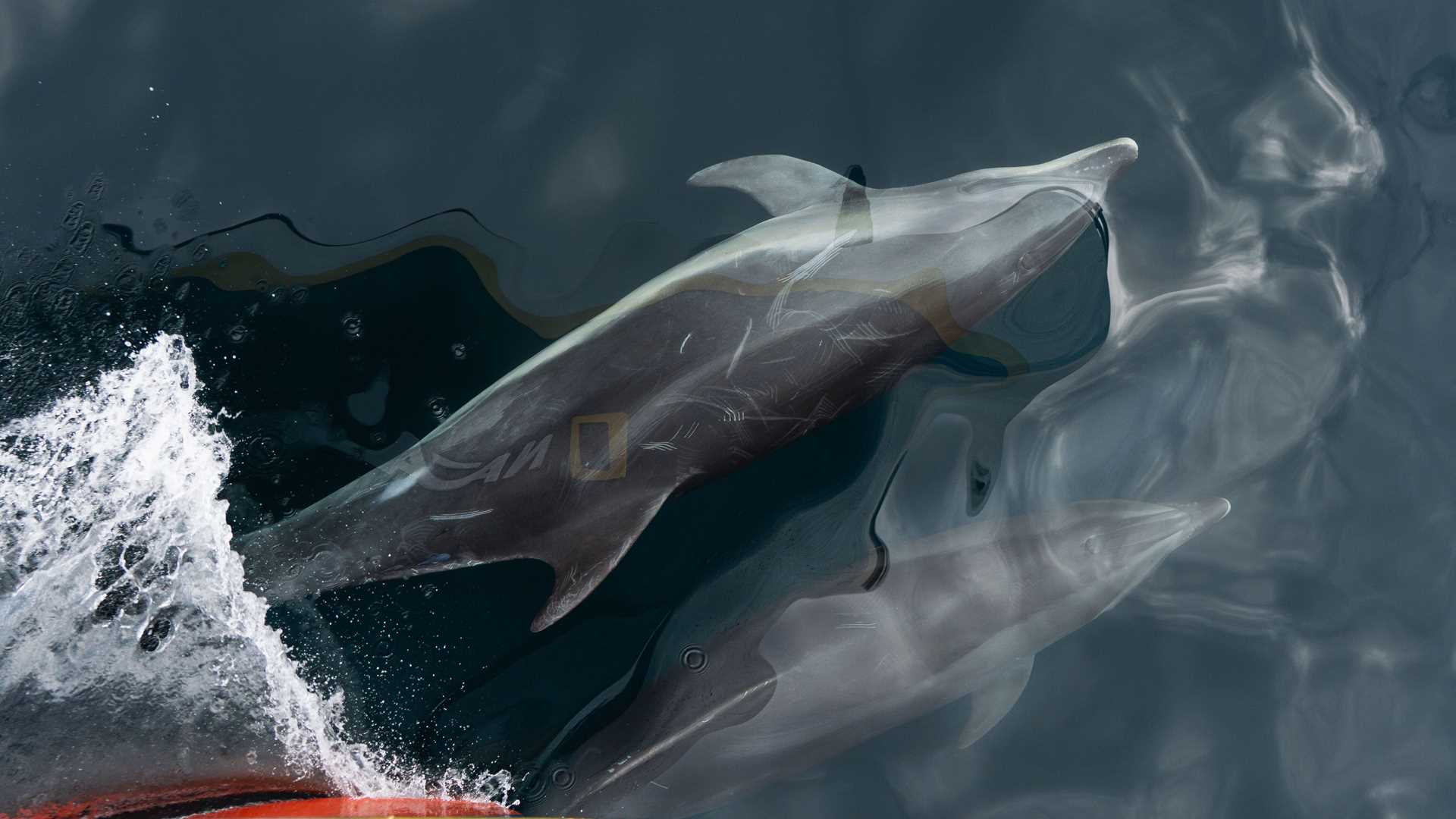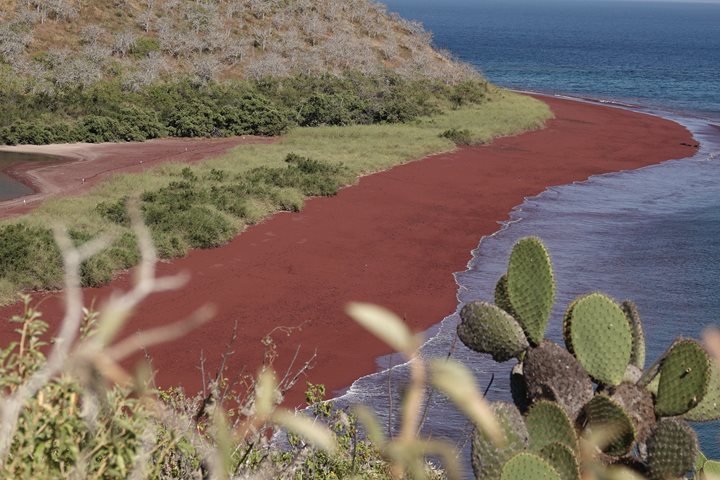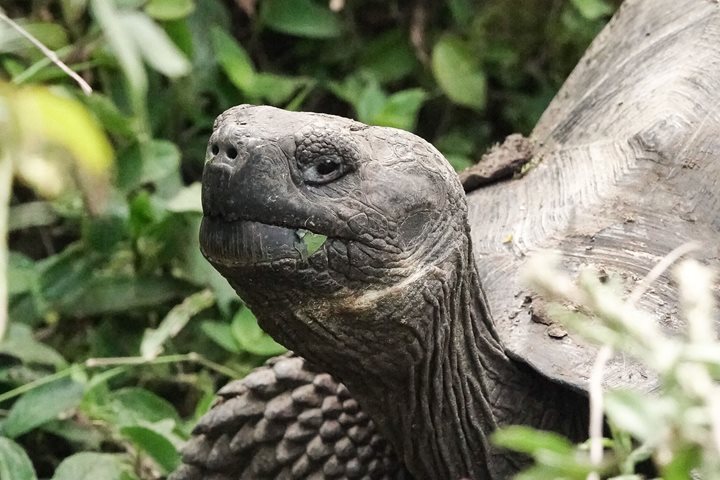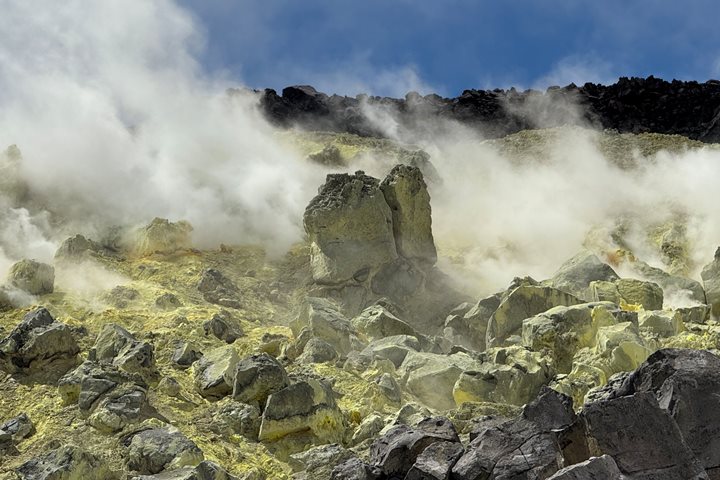Today’s expedition was definetly a dolphin-y day! Our morning began at Urbina Bay, where we stepped onto a rugged shoreline that rose dramatically from the sea during an uplift event in 1954. We had an amazing morning watching tortoises and iguanas. As we navigated towards Tagus Cove, we spotted bottlenose dolphins cutting through the waves with effortless grace. Dolphins play an important ecological role in marine environments. As apex predators, they help regulate fish populations and indicate the health of the ocean. Their presence today was not only a visual treat but a reassuring sign of thriving marine life around Isabela Island.
- Daily Expedition Reports
- 09 Apr 2025
Urbina Bay and Tagus Cove, 4/9/2025, National Geographic Delfina
- Aboard the National Geographic Delfina
- Galápagos
Anahí Concari, Naturalist/Certified Photo Instructor
Anahí grew up in a small house by the beach in the Galápagos Islands. Along with her best friend, she used to wander during the days around mangrove trees, becoming a different animal every day. She used to camp on solitary beaches, snorkel with shar...
Read MoreShare Report
Galápagos by Catamaran: An Intimate Voyage
VIEW ITINERARYRelated Reports
6/26/2025
Read
National Geographic Delfina
Santa Cruz Island
Today we anchored in Academy Bay on Santa Cruz Island. During the first part of the morning, we went to Fausto Llerena Giant Tortoises Breeding Center. This is where some species of giant tortoises are bred in captivity. After walking through the center and observing young and adult tortoises, we enjoyed exploring the largest town in Galapagos. We had lunch at a charming local restaurant, and from there we went to the highlands where we had a great time observing wild giant tortoises in their natural habitat. This afternoon we found several tortoises feeding, while others were enjoying a great volcanic mud bath.
6/25/2025
Read
National Geographic Delfina
Isabela Island
We spent the entire morning and part of the afternoon exploring Sierra Negra, specifically the sulfur mine area in the southwestern corner inside the caldera. The caldera is considered one of the largest in the world. It was an adventurous ride up the flank of the volcano in a local chiva (open-sided bus used all over Ecuador in rural areas). Then we walked, one way two kilometers, which included a descent of 320 feet, then an ascent to the sulfur fumaroles of another 200 feet. On return, we did it all again!







